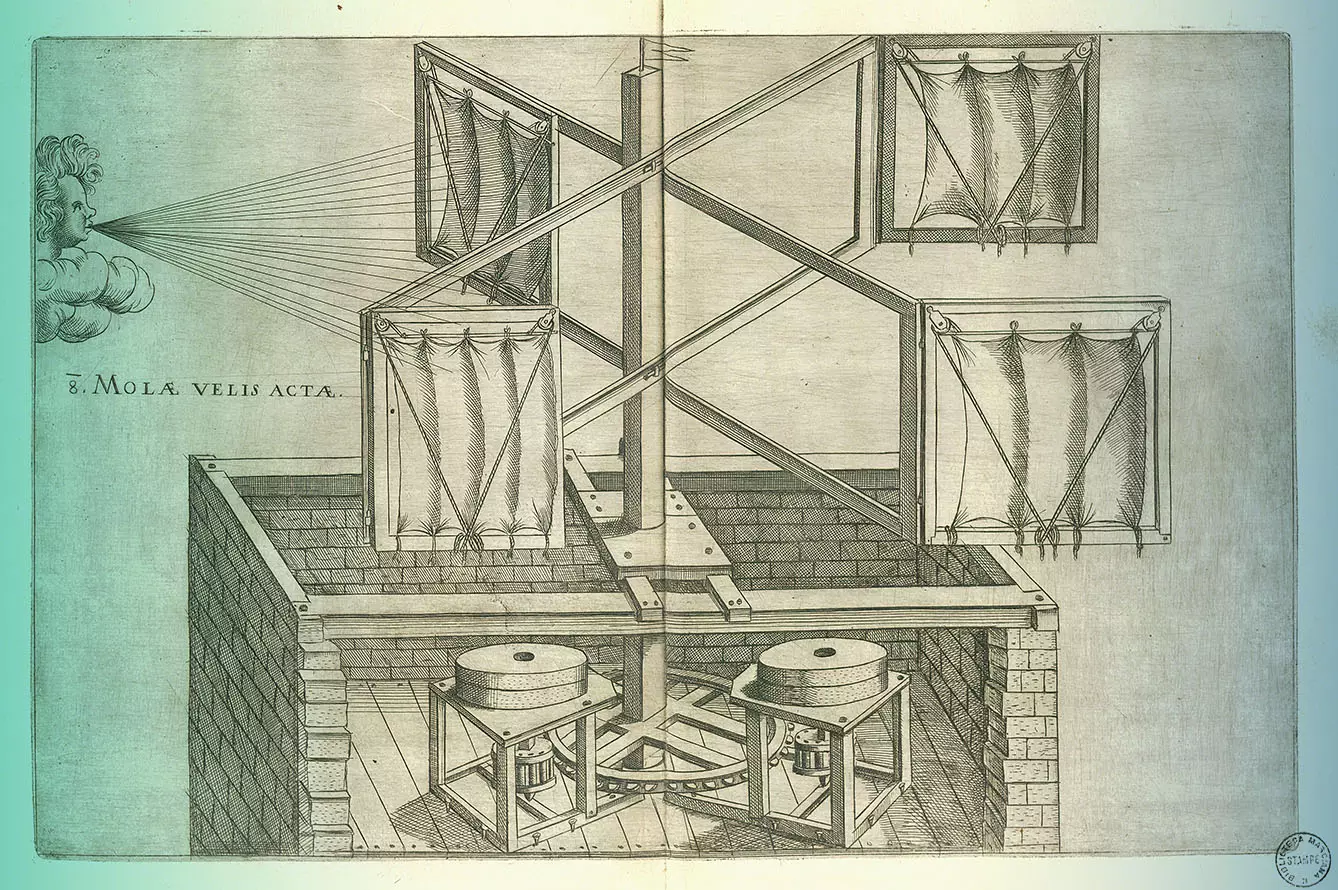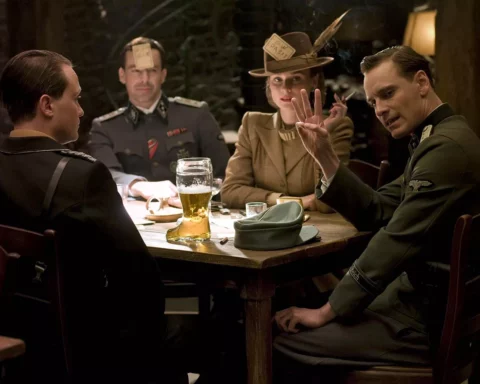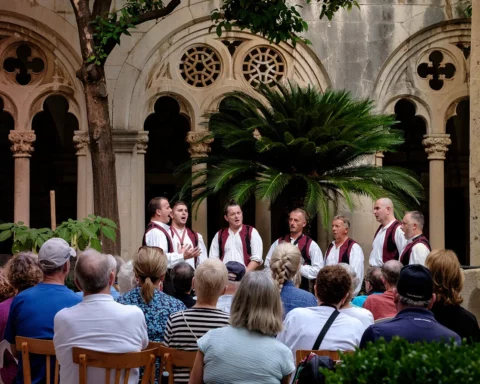Homo Universalis – a man of the universe. That’s what historians call this curious type of philosophical and intellectual explorer, who, by chance, used to turn out as the most innovative engineers of their time. And although the most famous of them is by far Leonardo da Vinci, his Šibenik-born “colleague” Fausto Veranzio (Croatian: Faunst Vrančić) was also among the most notable.
Faust Vrančić – Leonardo from Šibenik
Born possibly in 1551, Veranzio, a scientist and polymath, worked in the period when the old, divine order of science was slowly being abandoned, but the new, more scientifically-based one was not yet formed. It was assumed that whatever rules govern the world of physics would follow some set of divine or universal principles.
The search for these principles is how philosophers, and even clerics such as Bishop Veranzio, became scientists, engineers, and inventors. Among his works, two books stand out. One is the Dictionarium, a lexicon or dictionary, which includes the “Dalmatian” (Croatian) language along with the five “most excellent European languages.”
Educated in Slovak Bratislava (then Pressburg), living in Croatia, Veranzio was a subject of the country of Venetia. Aged 30, he became the secretary of Rudolf II, Holy Roman Emperor, who resided in Prague. At this court, famous for hosting numerous artists, scholars, and occultists, he met such notable figures of science as Johannes Kepler, John Dee, and Tycho Brahe.
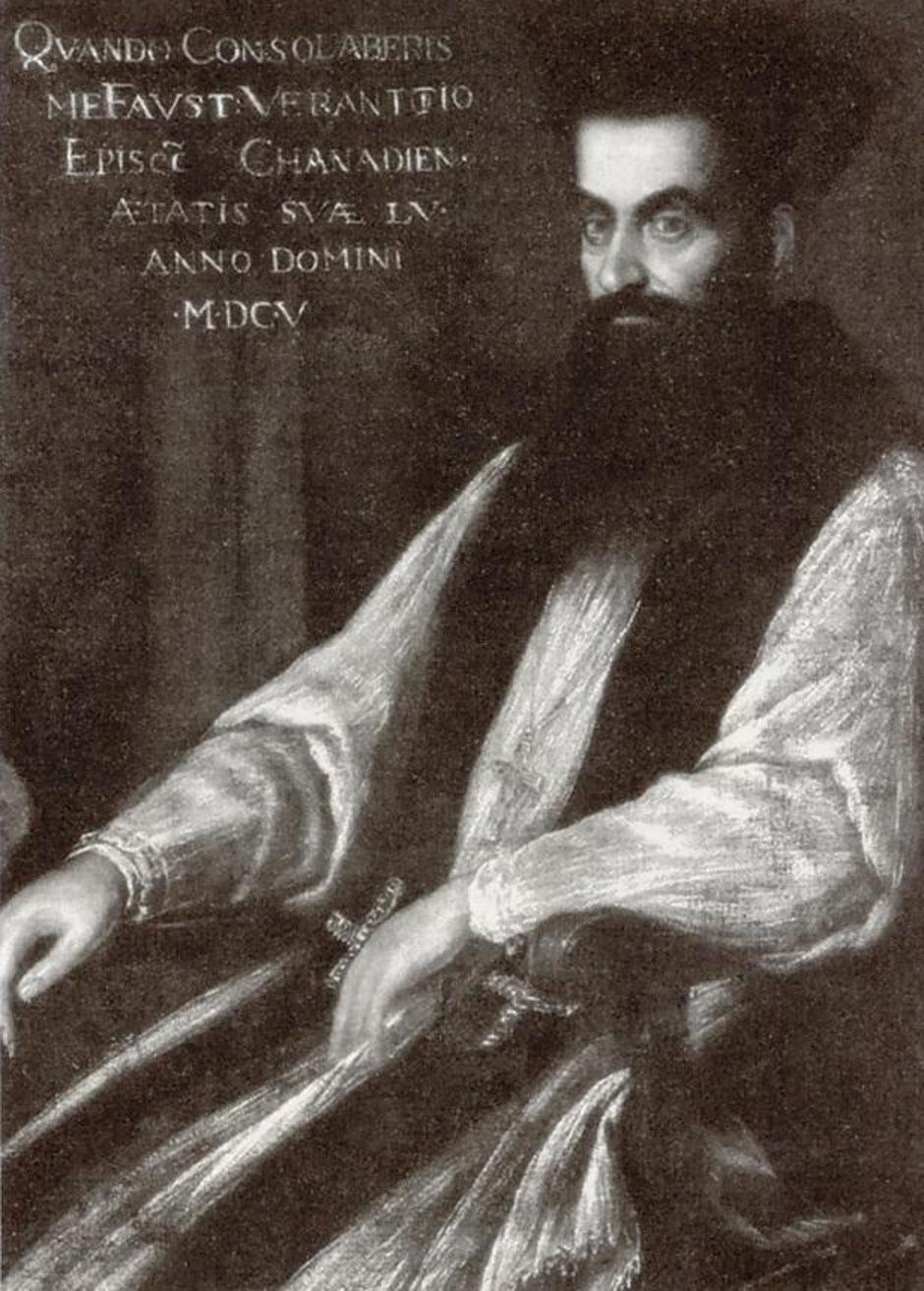
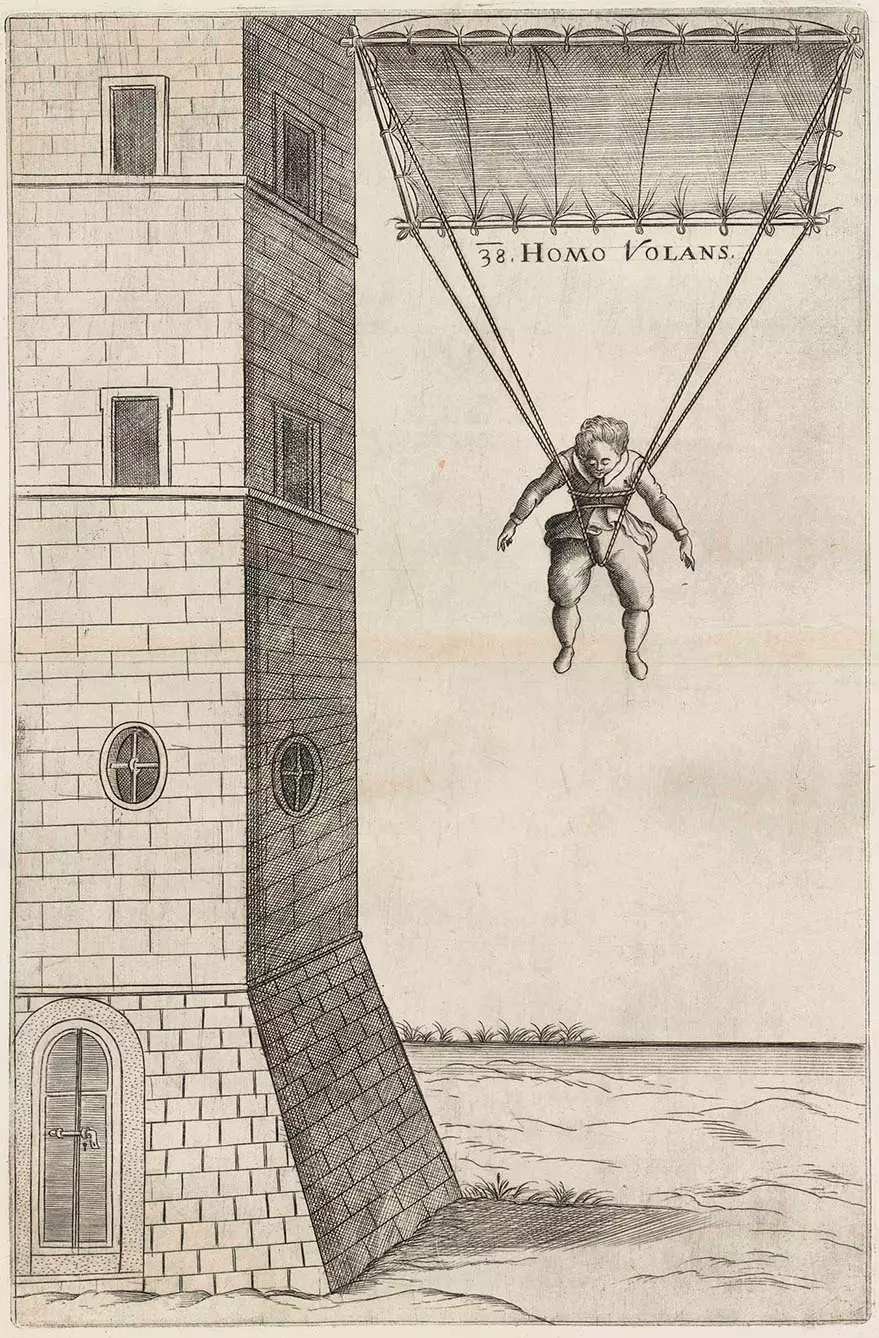
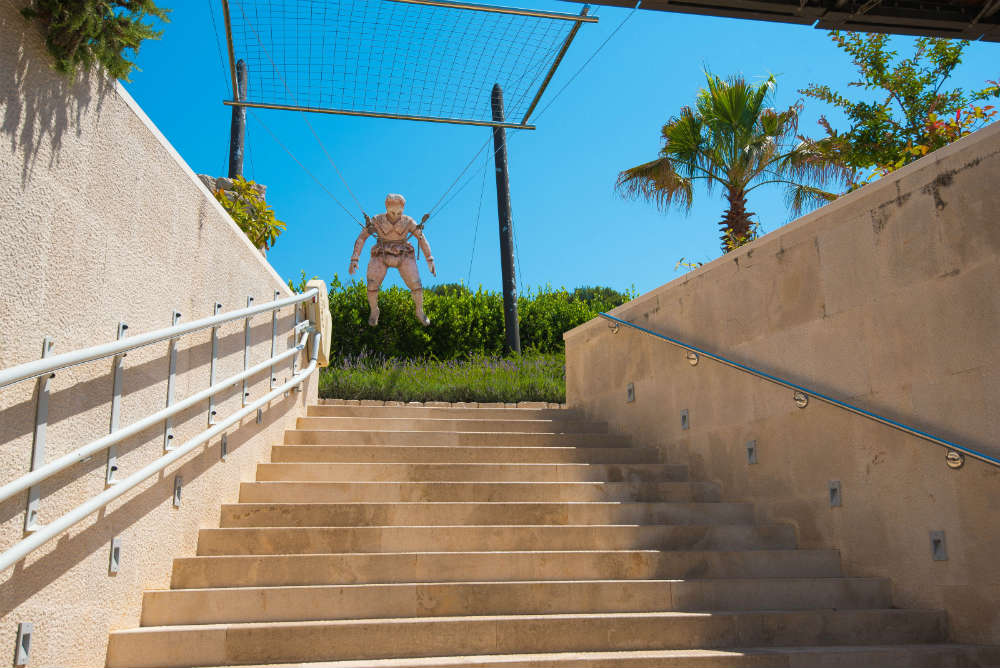
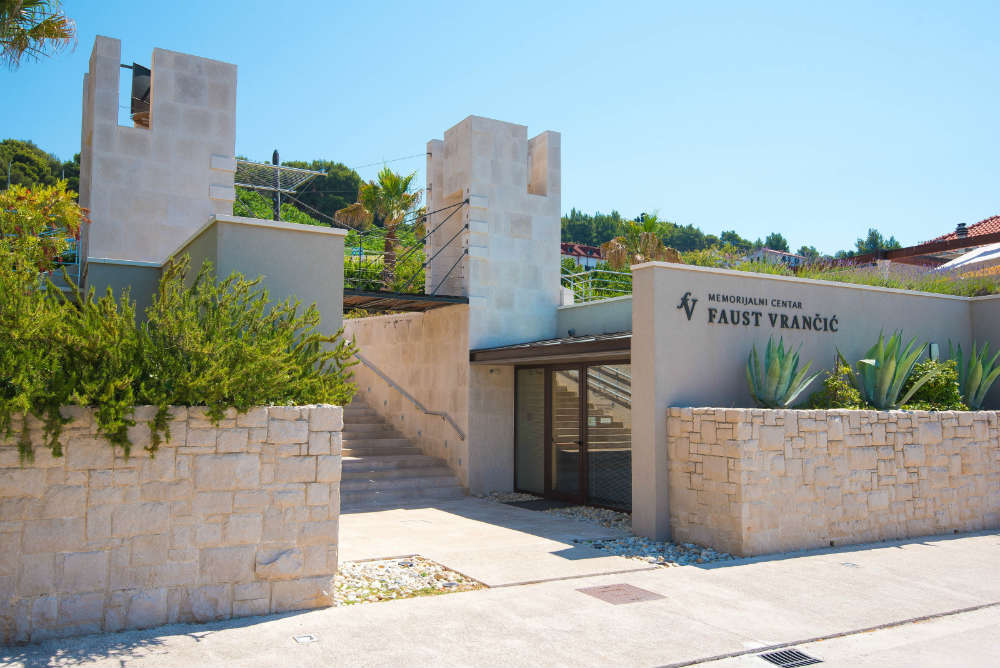
This new circle, along with his later studies of Leonardo da Vinci’s drawings in Rome, was possibly the catalyst for writing Machine Novae, which was published in Venice around 1615. This is where Veranzio demonstrates his modern scientific spirit. Leaving behind Aristotle’s theory, where natural philosophy was a basis for physics, he turned to mathematical models instead. He was also drawn to the work of a scientist a few years his junior named Galileo.
Fausto Veranzio, inventor of the parachute
In his illustrated treaty, Fausto Veranzio included designs and ideas for 56 inventions, examining technological problems underlying their construction. He studied the causes of floods and the elasticity of materials. He also designed different kinds of clocks.
Working on the idea of suspension bridges, he became the first proponent of bridges suspended by chains, which are wildly popular today around the world, though only physically introduced in 1955. His conception of a bridge with a rope may be seen as an ancestor of the current funicular railway.
Veranzio developed the idea of a windmill with a horizontal axis that followed the direction of the wind, effectively invented the modern turbine, the basis for similar turbines built in the 18th century. As far as a parachute is concerned, his Homo Volans (flying man) may have been inspired by Leonardo’s invention, but we can’t say if he knew that particular description.
To watch models of Fausto Veranzio’s inventions, head to the Prvić island in the Šibienik archipelago. A memorial center dedicated to the Renaissance man exhibits models of both the parachute and the cable car (bridge). Of course, large-scale projects inspired by his designs can now be found all across the world.


